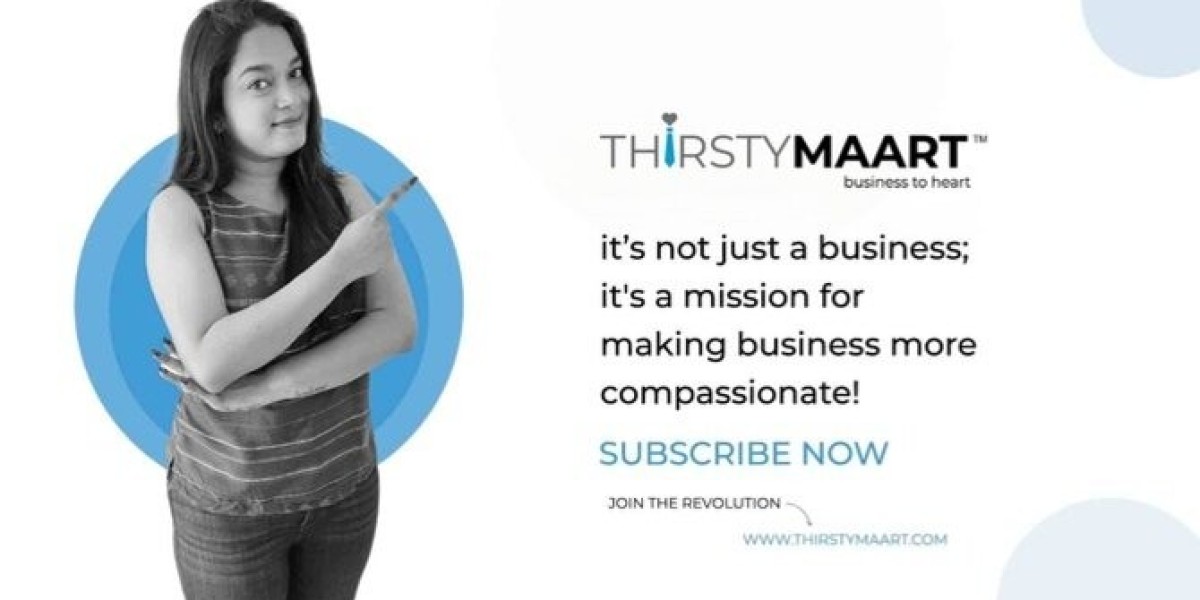Crafting a strong resume is the first step toward getting noticed in the leather industry. Whether you’re applying for a position as a leather cutter, quality checker, machine operator, or supervisor, your resume must reflect your practical skills and industry knowledge clearly. In this guide, SkillsFill shares practical resume tips to help leather industry job seekers stand out.
Highlight Relevant Work Experience
Employers in the leather industry prefer candidates with hands-on experience. Clearly mention your previous job roles, the name of the company, the type of leather work you handled (e.g., tanning, cutting, stitching), and your daily responsibilities.
Example:
Leather Cutting Assistant, XYZ Exports Pvt. Ltd., Kanpur
Handled manual and die-cutting for shoe uppers, ensured quality before passing to stitching unit.
If you’re a fresher, mention any internships, training, or apprenticeships you've completed. You can add:
Completed 3-month stitching training under SkillsFill’s Leather Worker Program.
Mention Specific Leather Skills
Tailor your resume to match the job role. Use bullet points to list your technical skills, such as:
Leather pattern making
Manual skiving and splitting
Operating stitching machines (flatbed, cylinder arm, post-bed)
Finishing and polishing techniques
Leather defect identification
Basic knowledge of leather types (full grain, corrected grain, suede, etc.)
If you have been trained by any skill development organization like SkillsFill, include that detail, as it builds credibility.
Example:
Trained in industrial stitching through SkillsFill-certified leather skills training, 2024.
Include Safety and Compliance Awareness
Employers appreciate workers who understand safety procedures and follow compliance. Add points like:
Followed standard safety protocols while operating machines
Knowledge of fire safety in leather processing units
Maintained hygienic workstation and waste disposal norms
This shows responsibility and readiness for factory work.
Showcase Soft Skills and Work Ethics
The leather sector values punctual, disciplined, and detail-focused employees. Mention your soft skills that apply well in production settings:
Team coordination
Time management
Willingness to learn
Problem-solving under pressure
Quality control focus
Ability to meet daily production targets
These skills help build a strong impression even if you’re applying for an entry-level job.
Use Simple, Structured Format
Keep your resume simple and easy to read. Use clear headings like:
Career Objective
Work Experience
Technical Skills
Training & Certification
Education
Personal Details
Avoid long paragraphs. Use bullet points to present your information clearly. Choose basic fonts like Arial or Calibri and keep the format neat.
Add Certifications and Training Details
Any formal training, especially from recognized bodies like SkillsFill, gives you an edge. Include:
Certificate in Leather Stitching – SkillsFill, 2024
LSSC Certified Leather Worker – Level 3
Tanning Process Training – Council for Leather Exports
Mention the duration, year, and topics covered briefly if space allows.
Don’t Forget Personal Details and Languages
At the bottom, mention your full name, contact number, current location, and languages spoken (especially if you're applying in multilingual units).
Example:
Languages Known: Hindi, Tamil, English (basic)
It helps recruiters know your communication comfort and regional suitability.
Final Tips Before Sending Your Resume
Check for spelling or grammar errors
Save the file as PDF unless the company asks for Word format
Name the file properly: Rajesh_Kumar_Leather_Resume.pdf
Keep it within 1-2 pages
Update your resume regularly when you gain new experience or training








